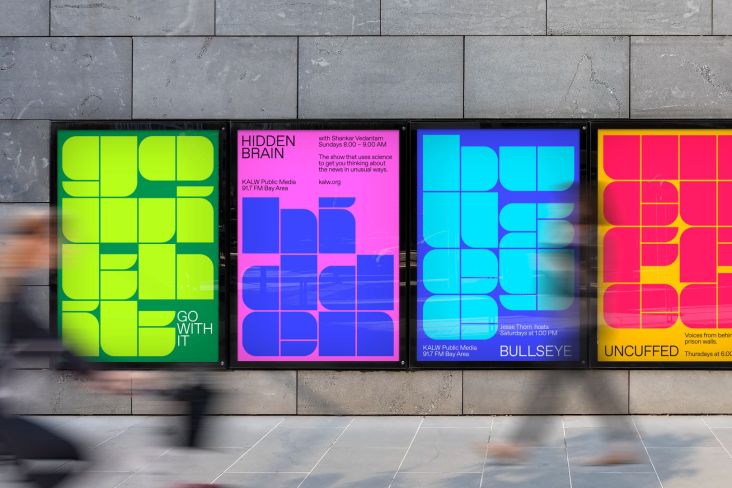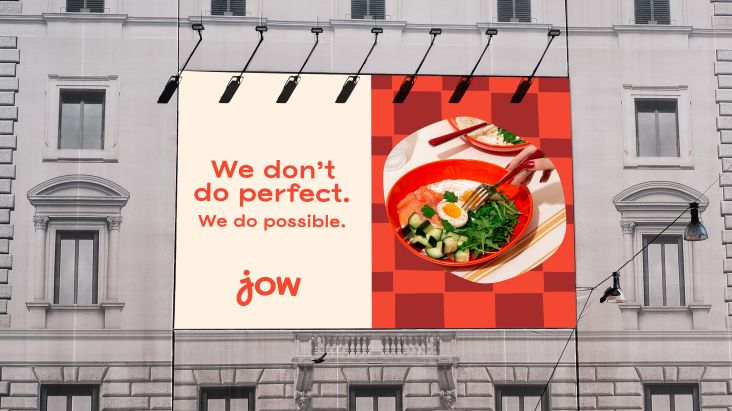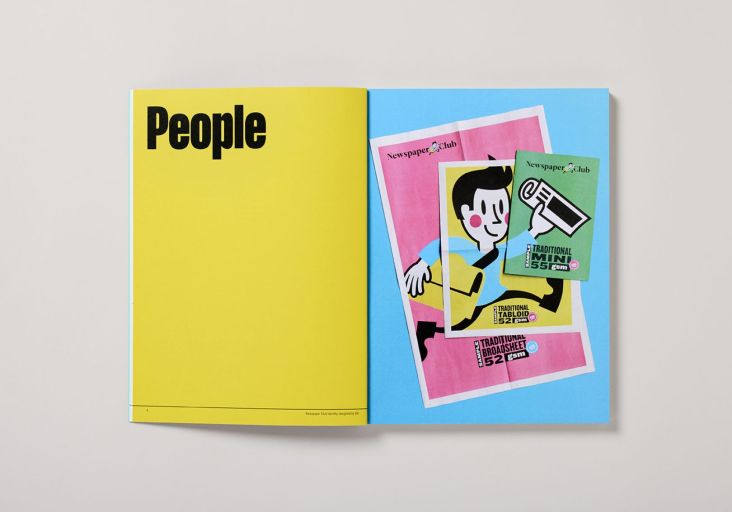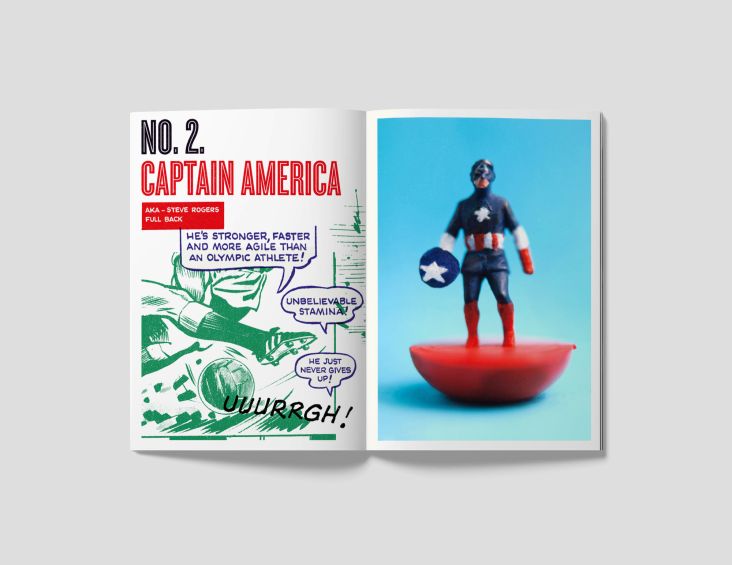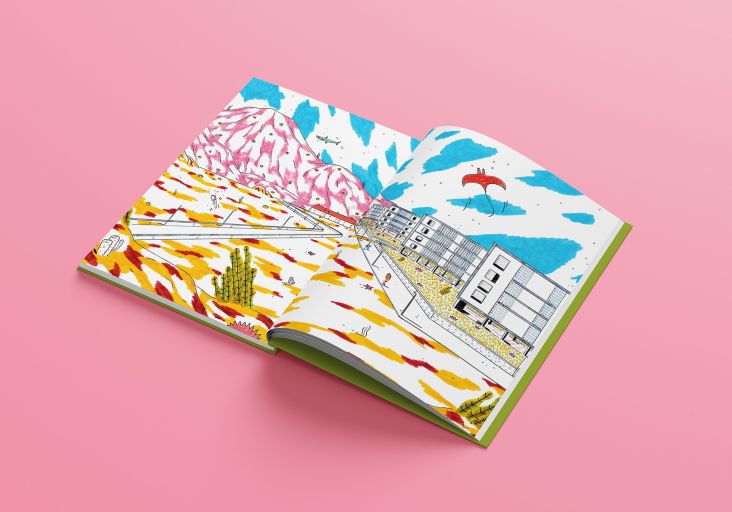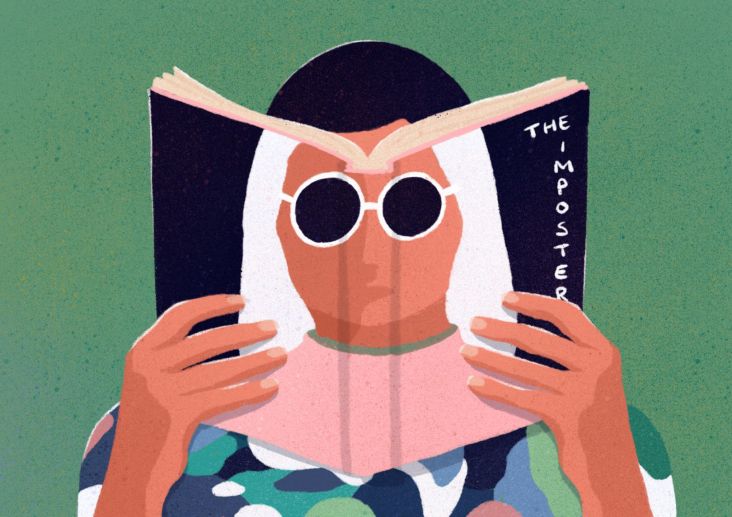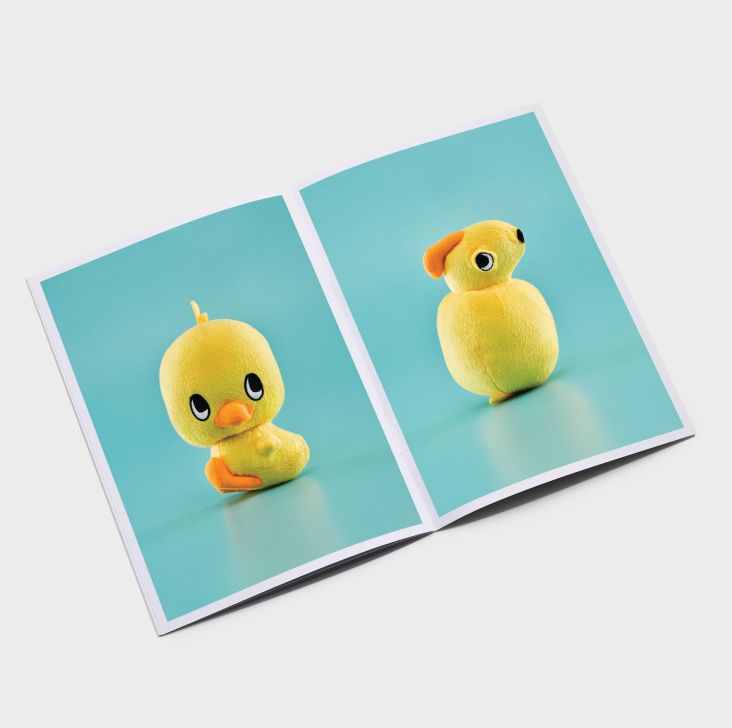Creative leaders choose their three favourite books of 2022
Looking for some fresh reading matter to entice, inspire and excite you? We asked three leading creatives to pick their top choices from 2022.
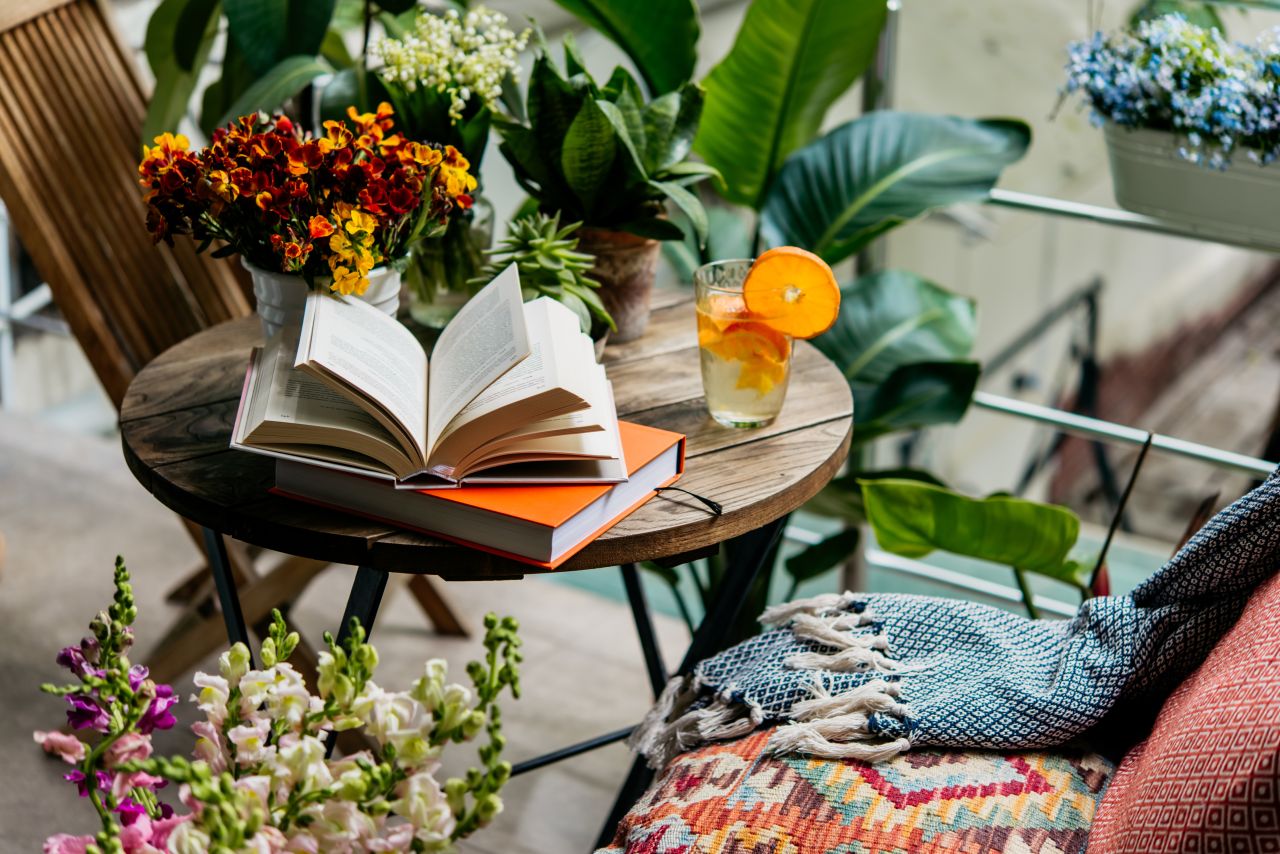
Image licensed via Shutterstock
Who doesn't love a good book? But often, you'll find nothing in the bookshop that's grabbing you. You know in your gut that hundreds of inspiring reads are out there, some of which could give you a whole new outlook on your work or your life in general. But how do you find the diamonds in the rough?
Often, we find the books that resonate most with us from personal recommendations, via family, friends and co-workers. But that often means we're getting signals from people similar to us regarding background and outlook. Nothing wrong with that, of course, but it can sometimes be helpful to listen to voices outside our normal echo chamber to help us discover a wider range of reading matter that we may not have considered.
That's why we started Creative Boom's Book Club, which aims to introduce you to the best reads through recommendations from around the world. And below, you'll find three American creatives sharing their top three choices from 2022. You'll discover why these books inspired them, what each has to offer creatives in general, and where to buy them through independent stores.
Nathan Braceros, senior creative director, co:collective
Nathan Braceros is a native of Hawaii who moved to New York to design professionally and has been doing so in branding and advertising for the past 15 years. Over his career, he's worked at Hornall Anderson (now Sid Lee), Stanley Hainsworth's Tether, Carbone Smolan (now 50k), REA and Anomaly. His clients have included Coke, Microsoft, Petco, Airtable, Converse, Panera, SC Johson, Diageo, Nordstrom, Pepsi, Tatcha, Virgin, and Abbott.
At co:collective, Nathan leads and directs projects across B2B and B2C and has been instrumental in building and developing co:'s Brand Experience practice. Read on as he reveals his three favourite books of the year and explains why fellow creatives should read them too.
1. CAPS LOCK by Ruben Pater
Having an existential crisis? Welcome to the club. It's a triggering topic amongst the creatives in my life and an ongoing discussion with my therapist. I'm pushing pixels, but what does it all mean, and why am I doing it? What's the purpose of it all? If you have similar questions, Ruben Pater's CAPS LOCK may be the edifying force you need.
Catalysing, sobering, and timely, this book tackles the relationship between capitalism and graphic design. It's a far more nuanced and complex subject that often gets overly simplified into advertising vs graphic design or for-profit work vs non-profit. Instead, Pater takes his readers through a compelling visual history of how capitalism hijacked the power of design and discusses strategies for designers to resist and counter it. For me, this spurred a lot of internal questioning. As a creative, it sharpened my purpose and bolstered my commitment to using my gifts for positive change.
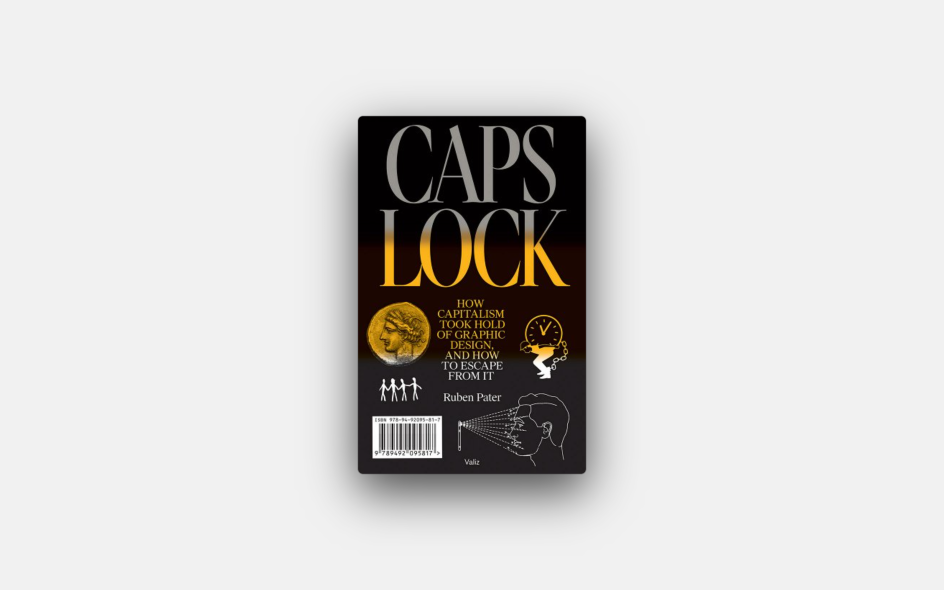
CAPS LOCK by Ruben Pater
2. To Paradise by Hanya Yanagihara
I grew up on the Big Island of Hawaii in a small town called Hilo. When people find this out, their reaction is often, "How could you leave [paradise]?" It's a fair question. But, for me, paradise is more than just a location. It's a mindset. A place that I dream of and where my heart pulls toward. And that's how I found myself in New York.
This connection between Hawaii and New York is something very special to me. Both have been instrumental in shaping who I am today. Both feel like home. Both are beautifully imperfect. It is something that I share with Hanya Yanagihara, whose own life is connected between these two places.
In her latest novel, To Paradise, she brings these two locations to paper, tethering her characters between these distant lands. Set in Greenwich Village, around Washington Square Park, we're taken through three distinct periods – each 100 years apart – and three versions of America. It's about love, family, loss, and the pursuit of utopia.
So much of my work is through the lens of relating to people. Understanding their needs, motivations, and desires. Within every one of us lives the cosmos, infinite and exquisite. It's this complexity and beauty that keeps me working. I read Hanya Yanagihara's work to feel more deeply connected to humanity.
She is a creative force. Constantly weaving together our most profound yearnings and gnawing fears in unexpected ways. Drawing out truths and holding up mirrors to our existence. In To Paradise, she explores the idea of paradise. What are we willing to sacrifice to pursue it? Who do we become in the process? And does it really exist?
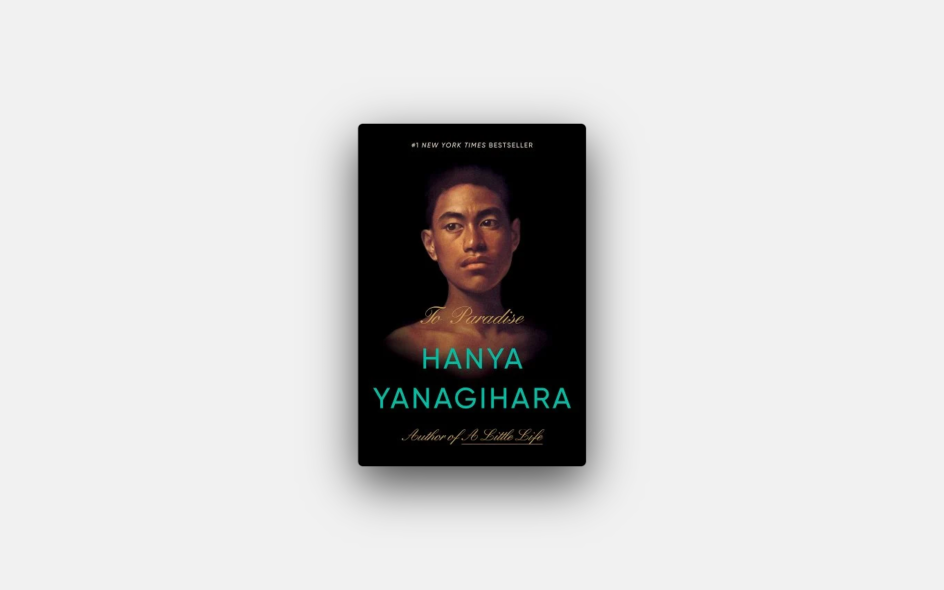
To Paradise by Hanya Yanagihara
3. Feng Shui Modern by Cliff Tan, with illustrations by Dura Lee
If you're like me, inspiration isn't a switch that you can just flip on. It takes the right environment to create. This has a lot to do with my physical space and the fact that I often work from home. Cliff Tan's book Feng Shui Modern is beautifully designed, bringing a contemporary and helpful approach to 3,000-year-old principles. Feeling creatively stuck? Maybe you should move some furniture around and change your lighting. This book is the ultimate vibe check.
I saw Cliff Tan and his Jedi approach to feng shui during a late night of Instagram scrolling. In a few seconds, he took a floor plan with mini pieces of furniture in it and showed a before-and-after using feng shui principles. He ended his post with an upbeat, "And now you know." It was so simple, enlightening, and unpretentious that I spent the next 30 minutes scrolling through his feed.
In another life, I would be an interior designer. And I have always been fascinated with the mysticism and principles around feng shui. What is it really, and does it actually work? But more importantly, will it work in my tiny shoebox of an apartment in New York? Tan's beautifully designed and illustrated Feng Shui Modern roots everything in common sense, giving practical advice to anyone searching for more balance in their physical spaces.
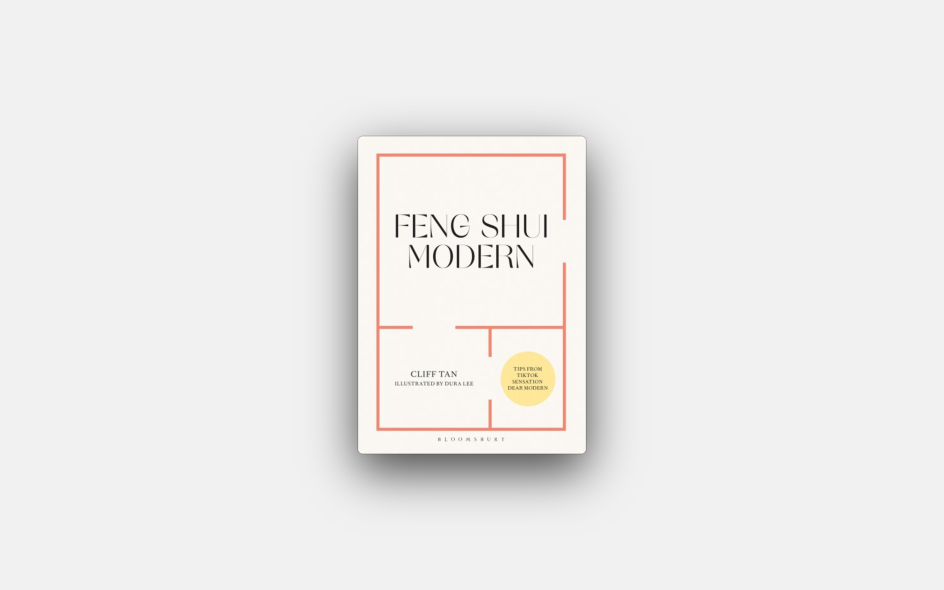
Feng Shui Modern by Cliff Tan, with illustrations by Dura Lee
Sarah Anderson, creative director, Forsman & Bodenfors NY
Sarah is a creative director at Forsman & Bodenfors NY. Before this, she worked for Goodby Silverstein & Partners, Mekanism, a handful of startups and tech brands you might know, Ogilvy and Rakuten Rewards.
Some of her notable past clients include Cheetos, SONIC Drive-In, Comcast, method, Franzia, Alaska Airlines, Samsung, Häagen-Dazs, Everlane and Peloton. Her work has been recognised by the Shorty Awards, the Webby Awards, the OBIES, and most importantly, her 84-year-old grandmother. So what books have inspired her the most in 2022, and what do they offer fellow creatives? Read on as Sarah reveals all.
1. A Swim in a Pond in The Rain by George Saunders
A Swim in a Pond in The Rain is one of the best books I have ever read about writing, which sounds like some really nerdy and vaguely literary thing to say. Which, yeah sure. But it's also very true. George Saunders is such an incredible writer that he makes these conversations about Russian literature come to life.
At its best, our work is storytelling. And A Swim in a Pond in the Rain is an incredibly detailed look at the levers we can pull to make the stories we tell better.
I used to think that every writer had the perfect story arc already in their head from the moment their pen touched paper. Turns out, that is only sort of true. It exists somewhere, but we have a lot of work to tease it out. This book will give you shortcuts and an appendix full of writing exercises to try out. This is much cooler than the word appendix would lead you to believe.
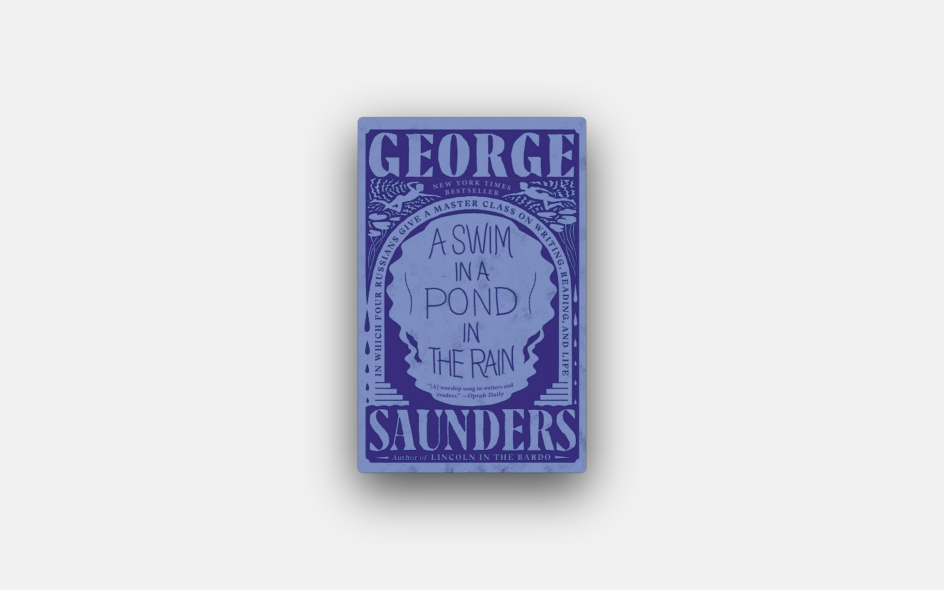
A Swim in a Pond in The Rain by George Saunders
2. Machiavelli For Women by Stacey Vanek Smith
I am not a fan of the hashtag #girlboss brand of feminism that gets thrown around way too often. But Machiavelli For Women didn't serve that up to me or insist I lean in. Instead, it gave me practical tips on how to Machiavelli my way into a job I love (hi, Forsman & Bodenfors!) and a salary I'm happy with. Creative humans who identify as women, grab this one and your next raise.
"Girls, girls get that cash" is my motto, my favourite Missy Elliott lyric, and the fervent wish for all women worldwide. And this book teems with excellent advice on how to do just that and navigate other tricky parts of the 9-to-5 world my muse Dolly wrote about in her 1980 workers' manifesto.
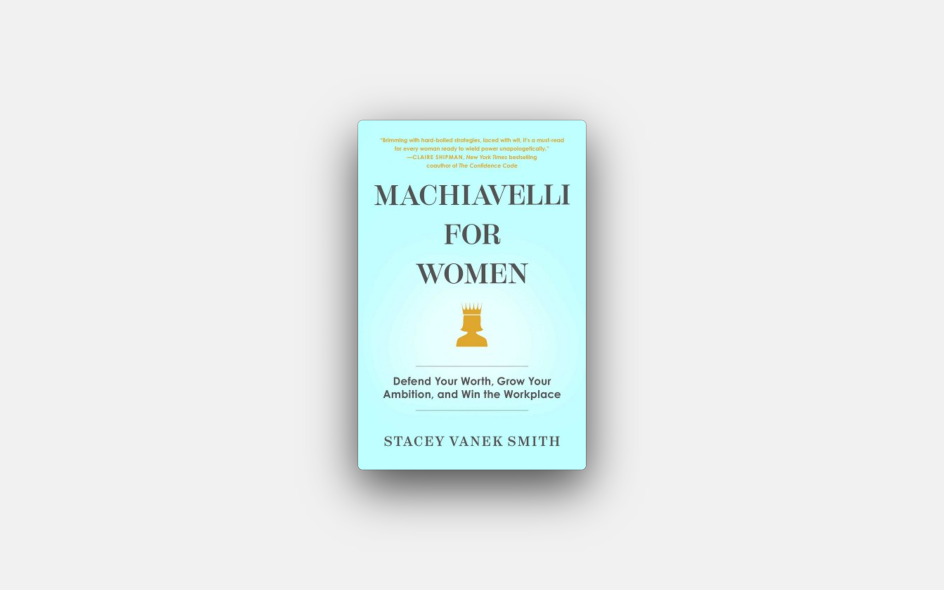
Machiavelli For Women by Stacey Vanek Smith
3. Please Don't Sit on My Bed in Your Outside Clothes by Phoebe Robinson
Phoebe Robinson is the funniest comedian alive, and I shan't be elaborating at this time. Just kidding… I totally will! I read Please Don't Sit on My Bed in Your Outside Clothes in its entirety on a plane, and ugly horselaugh cackled the entire time, which really annoyed the stodgy man seated next to me. I heard Phoebe's voice in every sentence, pop culture reference and U2 fangirl moment.
Overall, this book embodies advice that I annoy writers with: 'write as you talk'. Most people don't read or like to read, so the least we can do is make our words fun enough to entice them. I want to hear the human behind the brand talking to me, not a brand talking at me. And according to an informal focus group of my next-door neighbours, who listened to me act out my last campaign on Zoom through our shared apartment wall for the last three months, other people do, too.
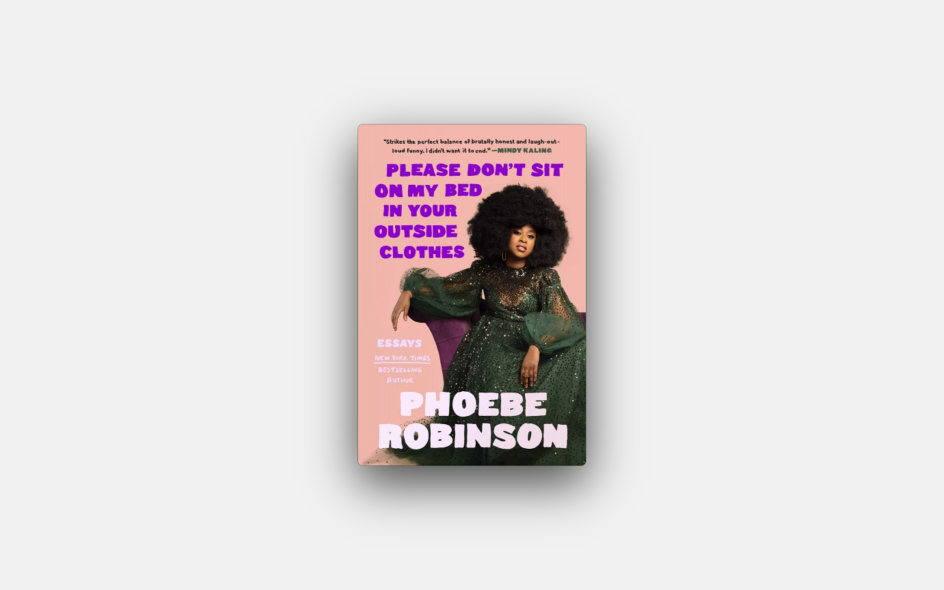
Please Don't Sit on My Bed in Your Outside Clothes by Phoebe Robinson
Nicole Cousins, associate designer, COLLINS
Nicole Cousins is a designer based in Brooklyn who is focused on brand, print and editorial. She's interested in arts, entertainment, pop culture, and the internet. After graduating from Rhode Island School of Design in 2021, she's been working since last June as an associate designer at COLLINS. Below, Nicole shares the three books she's most loved in the last year.
1. Emergent Strategy by Adrienne Maree Brown
After graduating last year, I was burnt out. I was riddled with worries about my next step and how I should get there. I was desperate to find a sense of excitement or joy to pull me out of a rut. At the same time, I was obsessed with the idea of black joy, how it's expressed, and where to find it.
While reading Emergent Strategy by Adrienne Naree Brown, I learned that one of the principles of emergent strategies is intentionally adapting to change. Change is constant, and we can control how we react to it.
When speaking about the power of love, Brown says that it leads us to discern and interact in a deeper way than any other emotion. Imagination and creativity drive love and make you think of possibilities of your own future rather than following others.
At the time of my burnout, I was going through a lot of change: graduating and starting a new job. I started losing momentum and felt lost. But while reading this book, I started reflecting on my own sense of purpose. I re-examined what I love to do creatively, and how it correlates to what I want to see in the world.
This book motivated me at the right time with the right words, so I still look back to it whenever I start to experience doubt or whenever I come close to burnout.
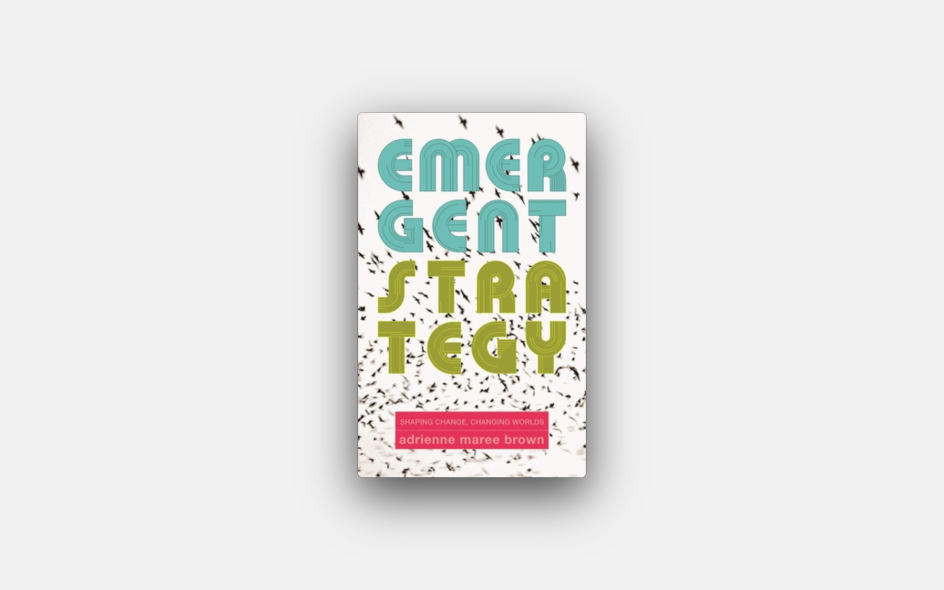
Emergent Strategy by Adrienne Maree Brown
2. The Black Experience in Design: Identity, Expression and Reflection
While studying graphic design in school, I rarely heard about designers who looked like me. Also, I had few references outside of myself and my curriculum to help broaden my perspective. I have always been eager to learn about the black identity in design. Is there a good place for it? How is it best expressed?
The Black Experience in Design: Identity, Expression and Reflection came as a godsend to answer an old question: how do I find a place in this field? This anthology has a range of voices and expressions that speak of black experiences in design and leadership, which are all different and don't follow only one specific experience. However, these voices have a commonality and shared nature that makes me feel as if I'm being understood.
I'm also grateful to have had the chance to contribute to this book. My COLLINS colleague Yocasta LaChapelle's writing on the journey of a black designer breaking into the industry is published within the anthology. The book is a huge inspiration to me and a touchstone for designing in service of the future.
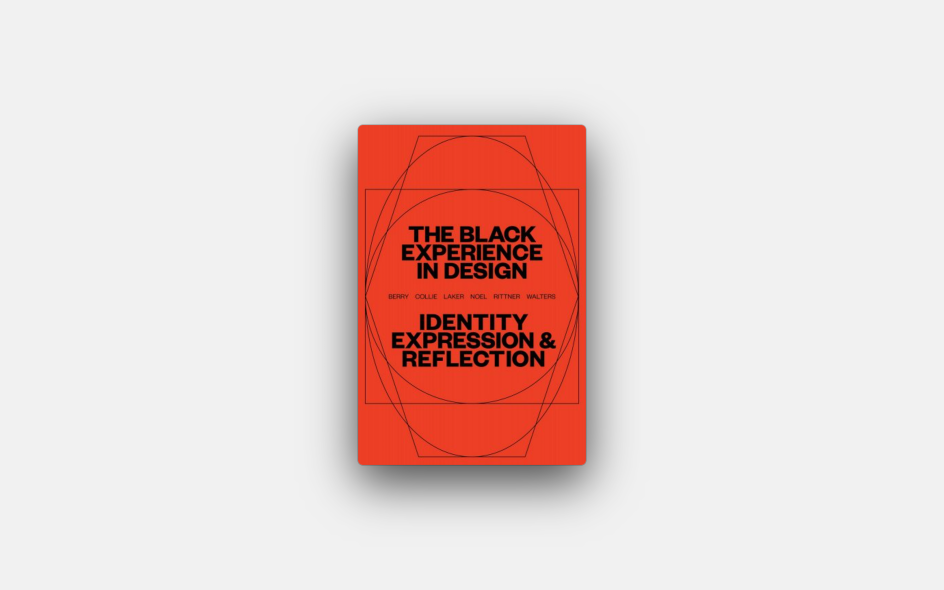
The Black Experience in Design: Identity, Expression and Reflection
3. The Lion King
As a child, my favourite story was The Lion King. My mom had all of The Lion King movies on VHS and DVD, and she bought the children's book. When I was younger, I'd read it, and we'd watch the movie around the holidays. But that book took on new meaning for me 15 years later as an adult.
I just experienced it on Broadway here in New York City with my mother. My mom brought me to the movie so I took her to the play. The play was cast with remarkable black performers who came together to celebrate an African story. It was incredible to see it on stage and how it was beautifully performed with strength, artistry, craft and imagination. The themes of rejection, running away from responsibilities and growing through trials deeply resonated with me.
Although I understood these lessons when I was much younger, I'm now more aware of them. The thing about drama is that it can make important ideas immediate and accessible. The Lion King is so important to me because I saw it as a play on a screen (the movie) and then saw it in real-time. I realised that I could go back and read stories. The book has not changed. But I have. So The Lion King book is now a very different book. I saw how it informed my identity and my search for black joy.
I recommend these books because they remind me of who I am and why I keep going. As much as design can be influential and lively, feelings of doubt and loneliness can be inevitable when you're creative. It is important to take time to find support in ways that leave you open to ideas and understanding of new perspectives.
It'll help inspire your original thoughts and hopes and sometimes make you more confident in moving differently to reach your goals – even if it's a book originally written for an eight-year-old.
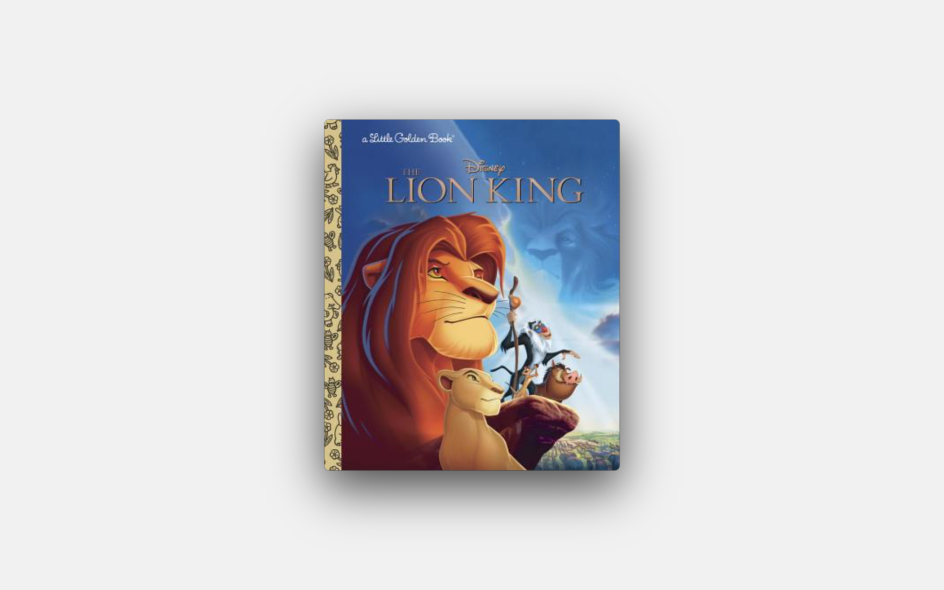
The Lion King

















